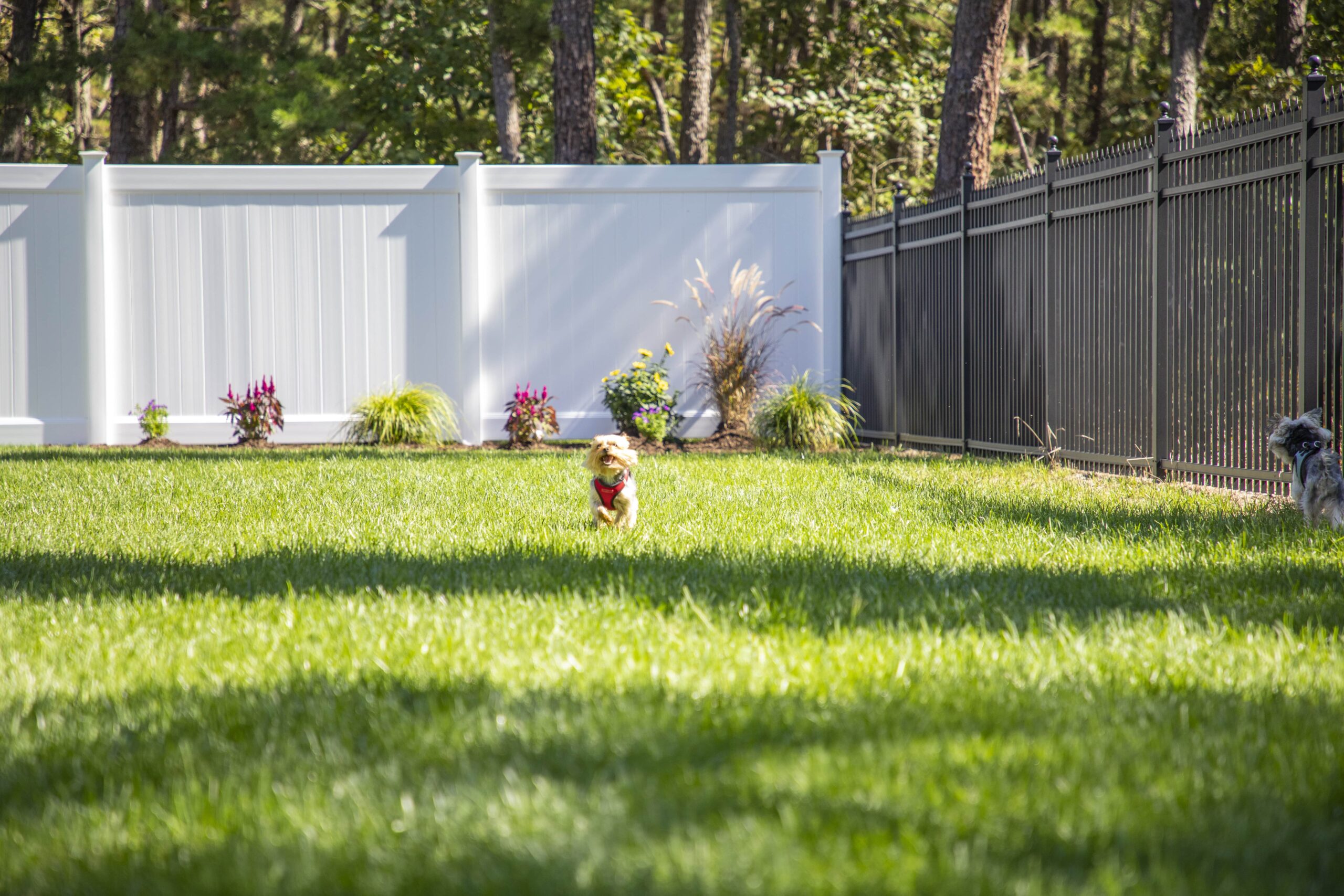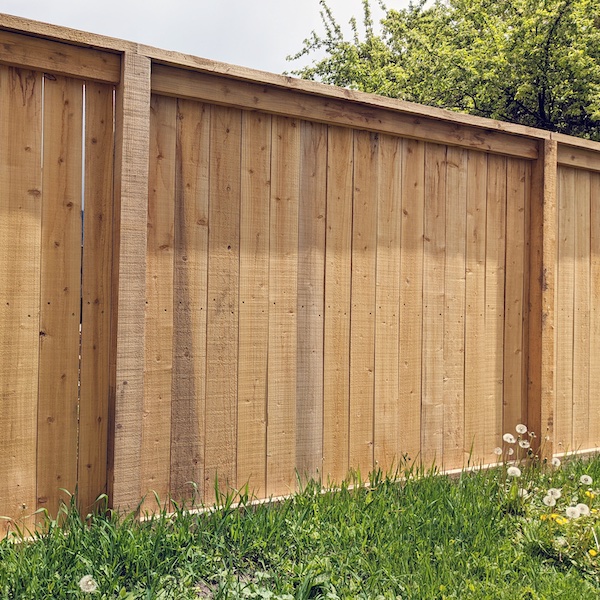All Categories
Featured

As services and property owners alike end up being much more ecologically conscious, discovering environmentally friendly and lasting fencing products is a crucial consideration. Whether you're looking to construct a fencing for privacy, safety and security, or aesthetic charm, choosing products that decrease your ecological footprint can help protect the world. In this article, we will certainly discover a number of environment-friendly fence options, each offering distinct benefits for your property and the environment.
- Bamboo Fencing: A Renewable Energy. Bamboo is commonly acknowledged as one of one of the most green and lasting fence materials readily available today. As a lawn instead than a tree, bamboo grows rapidly and can get to full maturation in simply 3 to 5 years, making it an extremely renewable energy.
Ecological Advantages: Bamboo takes in extra carbon dioxide than lots of various other plants, assisting balance out greenhouse gases. Furthermore, bamboo needs very little pesticides and fertilizers, making it a much healthier choice for the setting. Durability: Appropriately treated bamboo is immune to insects and moisture, suggesting it can endure the components far better than other timber choices. Aesthetic Allure: Bamboo offers a tidy, modern-day look that functions well with numerous landscape design styles, from exotic yards to contemporary urban layouts. While bamboo fencing is long lasting, it does need appropriate like maintain its durability, such as regular cleansing and periodic sealing.
- Recycled Timber Fence: Giving New Life to Old Products. Recycled wood is an outstanding green choice for those who want the all-natural elegance of wood fencing without contributing to deforestation. This material is usually sourced from old structures, pallets, or various other repurposed timber products, decreasing the demand for recently harvested lumber.

Environmental Advantages: Making use of reclaimed wood helps in reducing the demand to lower brand-new trees and can also stop useful materials from winding up in land fills. Longevity: Relying on the kind of wood and therapy it receives, recycled timber fences can be equally as long lasting as new timber, particularly if kept properly with sealants and weatherproofing. Aesthetic Charm: Recycled wood fencings lug a rustic beauty and can be tarnished or painted to fit your personal style. The main consideration with recycled timber is its upkeep. With time, wood can end up being susceptible to rot, insect damages, and weathering, so routine upkeep is required to expand the life of your fence.
- Metal Fencing: Resilient and Recyclable. Light weight aluminum and steel fence, specifically when sourced from recycled products, provides a solid, environmentally friendly option to traditional wood fencing. These steels are 100% recyclable, implying they can be repurposed indefinitely without losing top quality.

Environmental Benefits: Steels like light weight aluminum and steel lower the requirement for new mining and raw material removal, both of which have substantial environmental influences. Furthermore, reusing steels requires much less power contrasted to developing brand-new steel from resources. Resilience: Metal fencings are extremely solid, resistant to weathering, and call for little maintenance contrasted to timber options. Visual Appeal: Metal fencings can be made in smooth, modern designs, or more conventional appearances, giving convenience for any kind of residential or commercial property. While metal fences are low-maintenance and resilient, they are not as reliable at supplying privacy contrasted to wood or vinyl choices due to the rooms between the slats or bars.
- Living Fencings: Natural and Eco-friendly. Living fences, made from dense bushes, hedges, or trees, supply a eco pleasant and all-natural choice to conventional secure fencing. Not only do they produce a privacy obstacle, however they also add to the atmosphere by sustaining wildlife and enhancing air high quality.
Environmental Benefits: Living fencings soak up co2, enhance dirt quality, and give environments for birds and other wildlife. In addition, they lower sound pollution and improve air top quality by filtering system pollutants. Toughness: While living fencings need even more upkeep than other products (e.g., trimming, watering), they can be unbelievably durable if properly kept. Visual Appeal: Living fencings create an attractive, natural limit that enhances the landscape and supplies a one-of-a-kind and natural appearance compared to standard fencing options. The key downside of living fencings is that they require continuous upkeep and care, including routine cutting and bug control.
- Hemp Secure Fencing: Sustainable and strong. Hemp is a fast-growing and eco-friendly plant that can be utilized to develop strong, eco-friendly fencing. Hemp fence is made from natural hemp fibers, which are resilient, eco-friendly, and resistant to parasites.
Environmental Benefits: Hemp grows swiftly and calls for little water or pesticides. It likewise assists withdraw carbon, lowering greenhouse gases in the environment. As soon as the fence is no much longer needed, hemp is eco-friendly and can be composted. Longevity: Hemp is normally resistant to mold and mildew and insects, which helps it withstand various weather and prevent making use of extreme chemicals. Sustainability: Hemp farming is much less resource-intensive contrasted to various other plants and aids preserve dirt health and wellness with plant rotation. Hemp fencings are a fairly brand-new alternative on the market, and they might not be as extensively available as various other materials. In addition, they might not be as typically utilized for high-security applications.
Final Thought: Pick Eco-Friendly Secure Fencing for a Sustainable Future. There are many environmentally friendly secure fencing materials to take into consideration, each offering one-of-a-kind benefits for your residential or commercial property and the environment. Whether you choose bamboo, recycled wood, steel, living fencings, or hemp, each alternative permits you to create a beautiful and practical limit while lowering your environmental footprint. By choosing sustainable materials, you add to a greener future and support the growing motion towards accountable building and construction and landscape design practices.
Latest Posts
Customized Wealth Monitoring with WyHy Federal Credit Scores Union
Published Apr 18, 25
1 min read
Why Pick WyHy Fast Trac Interest-bearing Accounts
Published Apr 18, 25
1 min read
Preventative Maintenance at Montclare Auto Repair: Protect Your Vehicle in Top Shape
Published Apr 18, 25
2 min read
More
Latest Posts
Customized Wealth Monitoring with WyHy Federal Credit Scores Union
Published Apr 18, 25
1 min read
Why Pick WyHy Fast Trac Interest-bearing Accounts
Published Apr 18, 25
1 min read
Preventative Maintenance at Montclare Auto Repair: Protect Your Vehicle in Top Shape
Published Apr 18, 25
2 min read